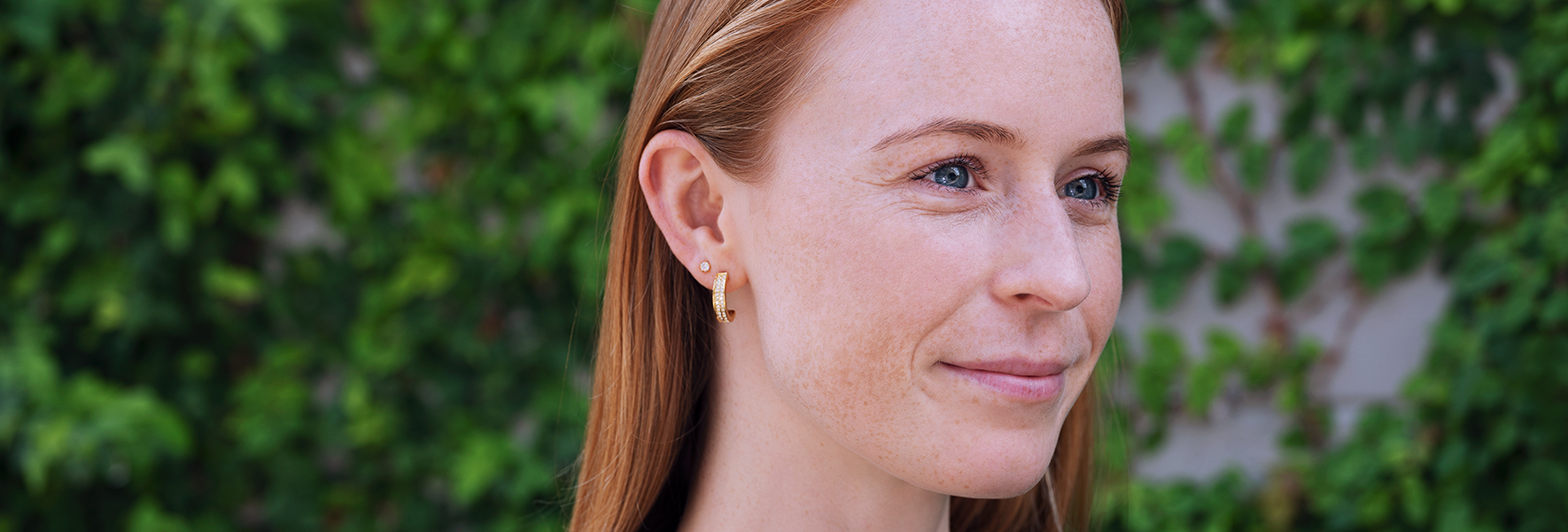Cubic Zirconia

In scientific terms, Cubic Zirconia is the cubic crystalline form of zirconium dioxide (ZrO2). Hard, optically flawless and usually colourless, it is low cost material that is strikingly similar in appearance to a genuine diamond. It is very difficult to distinguish one from the other without specialist equipment. While not as durable as a natural diamond (the hardest mineral that exists), it is available at a fraction of the price, making it ideal for use in earrings and body piercing jewellery. It is often set in precious metals, just like diamonds.
Naturally formed Cubic Zirconia is rare, so all Cubic Zirconia used in jewellery has been synthesized, or man-made. The addition of different elements during the production process can change the colour of the crystal, producing a range of colours. If no elements are added, Cubic Zirconia is completely colourless. In comparison, only the rarest of diamonds is considered truly colourless.
Cubic Zirconia is also known for its rainbow-coloured sparkle effect when it is hit by light. This is known as 'dispersion', and refers to how a material separates white light into colours. Diamonds have always been valued for their sparkle, however Cubic Zirconia actually has a higher dispersion rate than a diamond. This is one of the few differences between the two stones that is noticeable to the untrained eye.
Because of this, synthetic Cubic Zirconia has been the biggest competitor for diamonds since commercial production began in 1976. Diamonds were first prized due to their beauty, but with visually similar materials like Cubic Zirconia now available, some sources argue that the price of diamonds no longer reflects the same value.
Cubic Zirconia can be cleaned in an ultrasonic jewellery cleaner, and should be stored by itself to avoid scratches.
Want to try Cubic Zirconia for yourself? We have a range of Cubic Zirconia available here.

